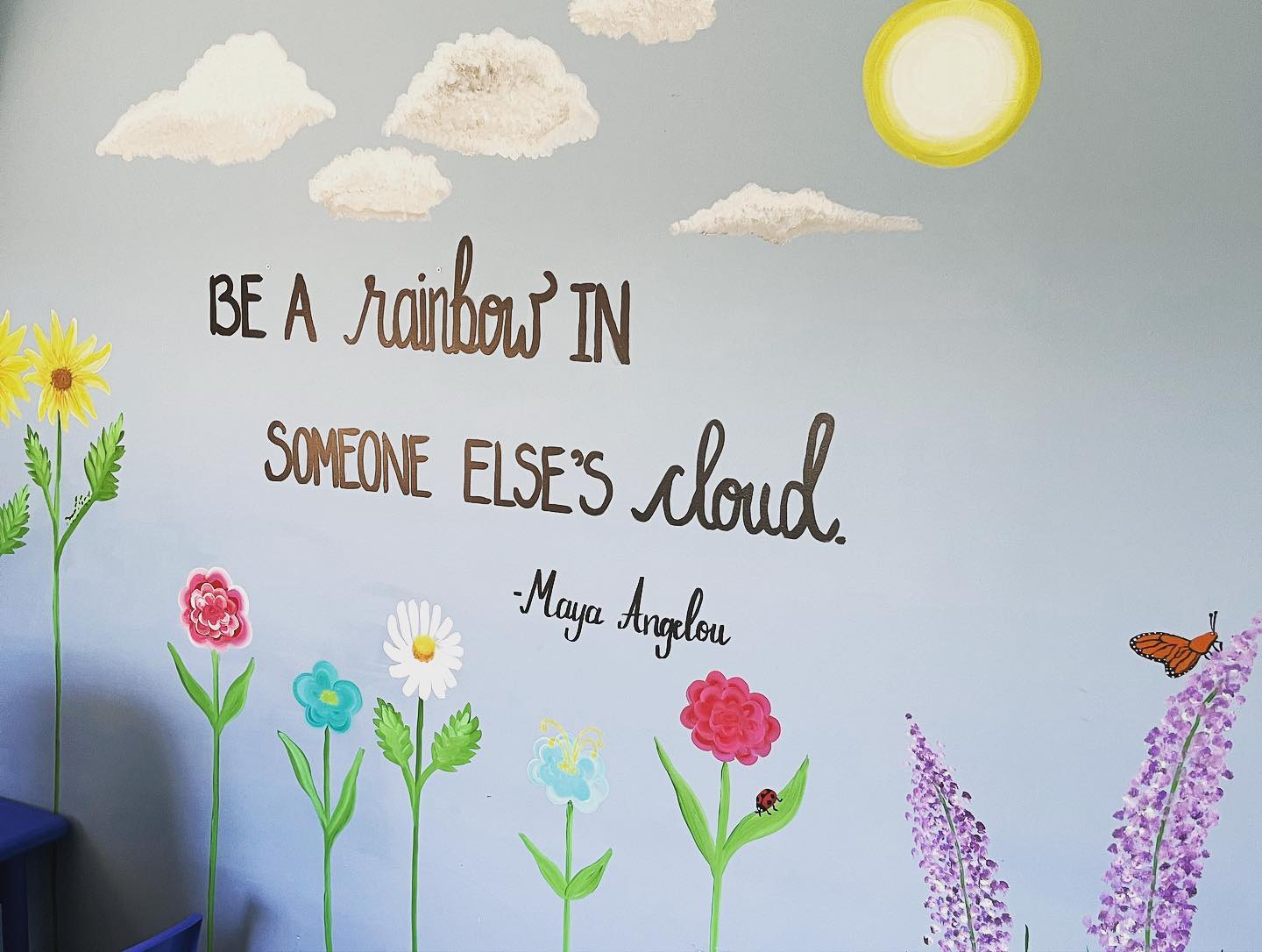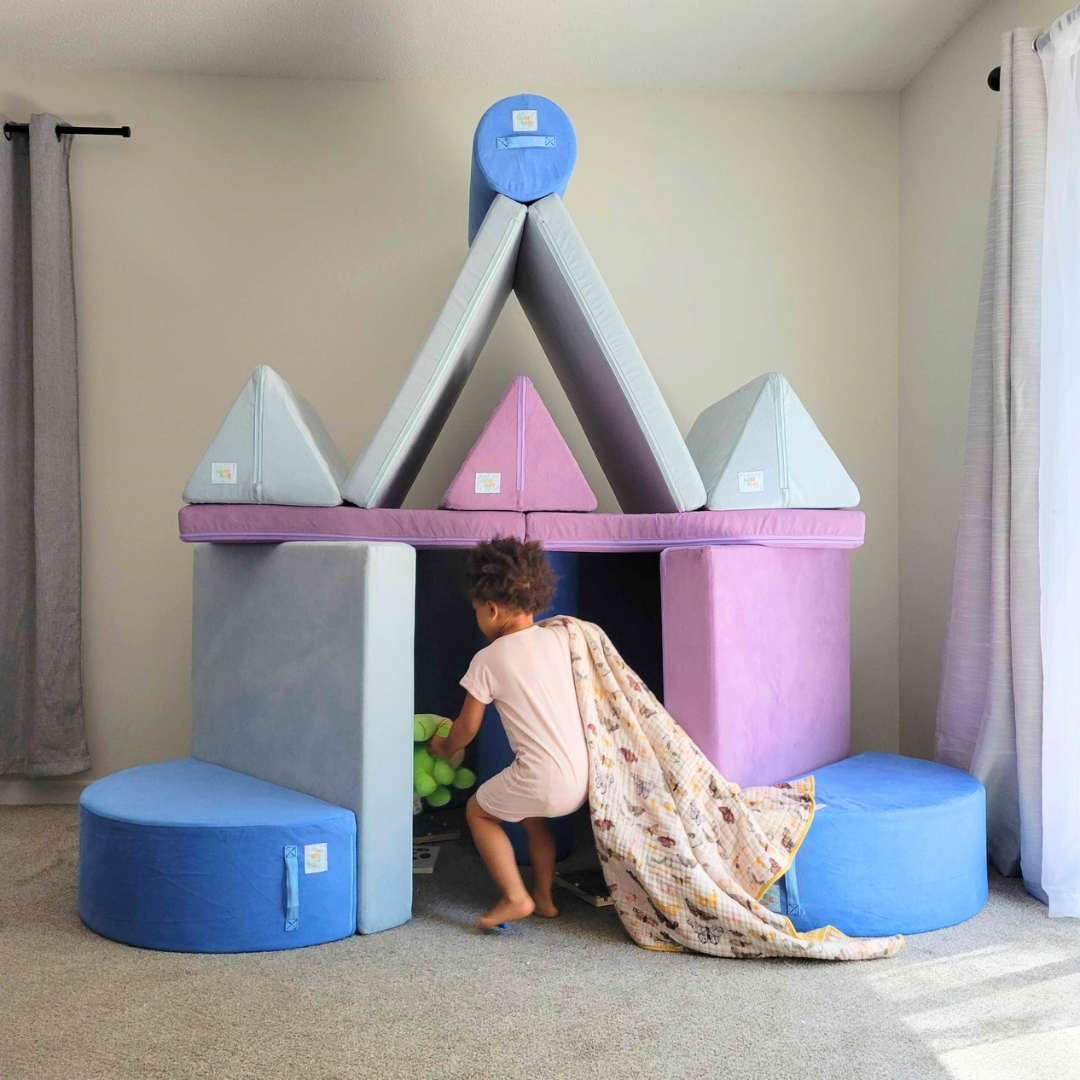Where the Wild Kids Play is honored to shine a light on Autism Awareness during this meaningful month by sharing an interview with a local clinician who works closely with the Autistic and Neurodivergent community. His dedication to understanding, supporting, and advocating for each of his clients is both inspiring and impactful. Autism Awareness is a deeply personal cause to many of us here at Wild Kids, heavily influencing the design and function of our Play Couch, Crash Pad, and accessories.
Please note: The content shared in this post is for informational and awareness purposes only and is not intended to provide medical or mental health advice. We encourage all readers to approach this interview with openness and personal reflection—and, most importantly, to consult with you or your child’s healthcare provider or pediatrician for any medical or therapeutic guidance.
Brad Hatcher, MS, BCBA
CEO, Essential ABA, LLC
Tell us about your background and experience in working with individuals with autism?
I first began working with individuals on the spectrum in 2009. After a number of years in the field, I went back to school to become a Board Certified Behavior Analyst. I worked as a Training Director Clinical Manager for a few larger companies, then began developing programs for public school systems in both Indiana and Tennessee. In 2017, I opened Essential ABA, where I continue to work with individuals both in public schools and in our clinic locations.
What is the most rewarding part of your work with individuals with
Autism?
The most rewarding aspect of working with individuals with autism is getting to witness the milestones and growth. I’ve had so many clients over the years make significant gains socially and behaviorally, and seeing them reach their full potential in a way that honors who they are and how they see the world is incredible.
How does autism therapy/support make a difference in the lives of your clients?

One of the cornerstones of ABA is promoting functional communication skills. In many cases, maladaptive behavior is simply a form of communication, and being able to help clients develop better ways to communicate their wants and needs is a gamechanger not only for the client, but also their families.
What approaches have you found work best when building rapport with autistic clients, particularly those who might be non-verbal or have challenging behaviors?
There’s a term we use frequently called “pairing”. Essentially, it means creating a fun and engaging environment for your client and building a positive relationship free of tasks. I’ve found that it’s incredibly important to be authentic during this process and really take an interest in activities your client enjoys. I’ve learned all about different video games, characters, or art from clients, and find that when I build that rapport, the transition to skill building and working through challenging behaviors is much smoother. I think it really boils down to mutual respect between the client and provider.
Why is sensory regulation so important when working with ASD?
Sensory regulation is so important because if the body is dysregulated, it often can’t meaningfully engage in therapeutic activities. All individuals respond differently to sensory stimuli that exist in our environments, and being respectful of that as well as offering modifications or coping tools can make a world of difference when it comes to regulation or engagement.
What are some common misconceptions about Autism that you’ve encountered, and how do you address them in your practice?
While I very much appreciate more autism representation in the media, I do think that there are some stereotypes that have almost become standard in sitcoms or movies, so the general public may not be fully aware of how differently autism can present person to person. I think it’s important for people to understand that autism is very much a spectrum and affects individuals quite differently. I’ve done a number of community engagement activities to try and assist a better understanding of this over the years.
Every situation is different, how do you ensure that you tailor your interventions to meet the unique needs of each individual within the Autism spectrum?
One thing I’m very passionate about is making sure every program we develop is truly individualized and not a cookie cutter framework. Every client’s personality, family, interests, etc. are different, and those things should be honored and respected. I’m a big believer in meeting people where they are, not where you’d prefer them to be.
How do you adapt your interventions to a family's cultural values, preferences, and routines to support their goals and progress?
We meet with families at least once per month, often more, to ensure we are aligned on not only treatment goals, but values, preferences, and routines. We can have all kinds of success within the walls of the clinic, but if it’s not translating to the home and family environment, or doesn’t fit into what is appropriate for their family culture, then we are missing the mark for clients.

Indiana Medicaid payments for Applied Behavior Analysis exploded by a factor of 8 in a two year period from 2017 to 2019, from $14.4 million to $120 million. Payments are expected to increase by a factor of 5 over the next year, with $645 million projected to be spent on ABA for approximately 8,000 Hoosier children in 2026. Additionally, Indiana government officials have called for investigations into this trend. What do you think is causing the increase in spending on these services?
I think there are a number of reasons why this is occurring, but I do believe that much greater awareness is largely a contributing factor to increased diagnostic rates at younger ages than we’ve typically seen in the past. On the financial side, Indiana Medicaid did not have standard rates for years. As I later learned, this manifested itself in larger providers charging exorbitant rates, while smaller companies were often receiving far less. I think the state is on the right track with now having standardized rates, but need to understand that cutting Medicaid funding for ABA doesn’t fix anything. Oftentimes it puts significantly more pressure on public schools to then fill the gap, but they often do not have the resources to do so.
How do you see this (increase in spending) affecting providers going forward?
Private equity in ABA is a hot topic right now, and it’s becoming increasingly difficult for smaller providers to continue providing services not only in Indiana, but across the country. I do think the standardizing of rates levels the playing field a bit, and I’m hopeful that we can continue to reach more families throughout Indiana, particularly in more rural areas that don’t have the kind of access you might find in Indy or Bloomington.
What other trends or changes have you seen in the services provided to the autistic community in recent years?
Regulation at the state level, as well as the national certification level, has been a big change. When I began my career, there was very little oversight. Now, there are things like the Registered Behavior Technician credential, or states, like Indiana will soon be doing, requiring a state licensure to practice. For the most part, all of these things assist in providing better services for clients and better accountability for providers.
It seems that this space and the knowledge around it are constantly evolving; how do you stay up-to-date with research, techniques, and best practices with ASD?
One of the few bright spots of the Covid pandemic was how almost all of us had to adapt technology to better meet our needs. Over the last few years, I’ve been able to attend so many conferences via online participation, that I never would have had the opportunity to attend previously simply due to geographic barriers. With this, I try to make sure I’m staying on top of new research and ideas, and challenging my approaches as a practitioner so that I’m always doing what is best for my clients instead of what feels most comfortable to me.
What is a lesser known technique that you feel would really benefit those with ASD?
While this area of research and application is growing, Dr. Greg Hanley’s work with Skills Based Training is one approach that I was initially skeptical of, but have come around to for a number of clients and meeting them where they are.
If you had to pick one tool as your favorite when working with kids, what would it be?
As simple as it sounds, I really enjoy transitioning kids to more independent means of managing their daily tasks and schedules. Creating visuals and systematically fading them out so that they are able to successfully manage without 1:1 support is amazing to watch.
What advice would you give to someone who is considering a career working in the field of Autism Spectrum Disorder?
I would let them know that it’s an incredibly rewarding, but challenging career. You have to have a passion for helping kids and working with families, otherwise you will burn out quickly like most human service professionals.
What do you hope people take away from Autism Acceptance Month, and how can the general public (or social media influencers) be more supportive of individuals on the autism spectrum?
I hope that people continue to recognize that autism looks different for everyone and that we have a very long way to go in making the world more inclusive for people with autism, neurodivergence, physical disability, etc. The world was largely built for everyone to fit into a certain box, and it’s up to us to do the work to minimize barriers and allow everyone a seat at the table.
As we wrap up this conversation, we’re incredibly thankful to Brad for sharing his insight—and even more thankful to the autistic community for continuing to teach us through lived experience.
At Wild Kids, we’re committed to creating spaces where all children and humans feel seen, supported, and celebrated for who they are. There is always more work to do, so let’s keep the conversation going, with respect, acceptance, and open arms.
~ Let the Wild Kids Play ~




